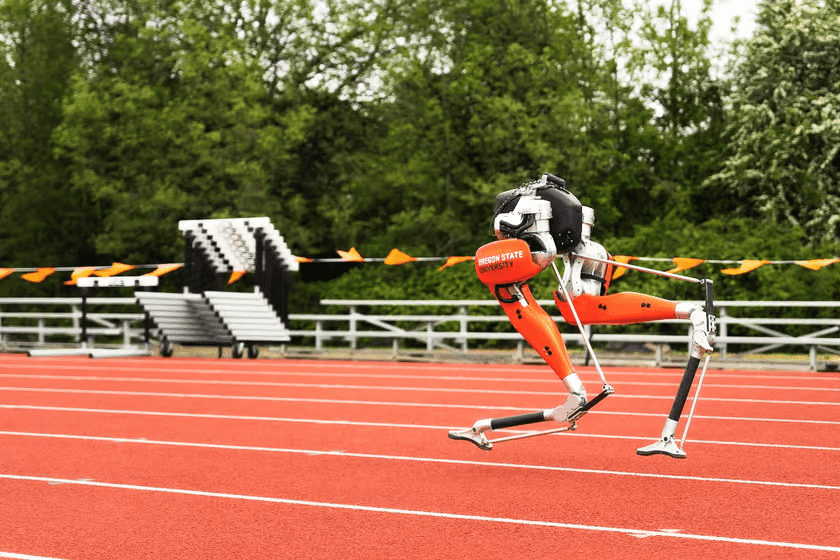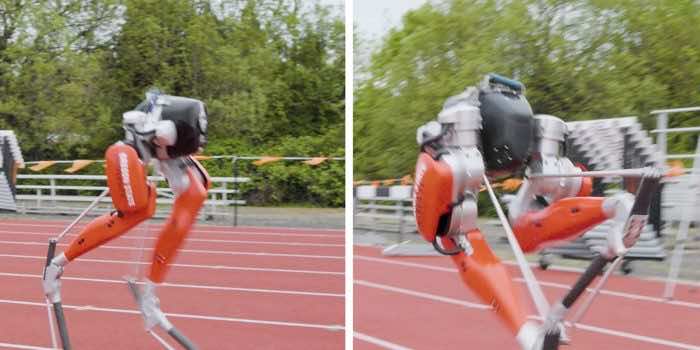A robot named “Cassie” nailed a 100 m sprint by completing it in just 24.73 seconds and engraved its name in the Guinness Book of World Records last October. It’s certainly a long shot by a bipedal robot and has proven a reason for hope in the field of robotics and engineering. Cassie has made great progress since it was introduced by “Agility Robotics” back in 2017. In 2021, it achieved a milestone by completing a 5 km distance in just 53 minutes, and since then, it hasn’t looked back. This two-legged robot has made great strides, thus underlining its extraordinary capabilities through exciting achievements.

Not to mention, machine learning algorithms played a pivotal role in adjusting its mechanics, from accommodating flexibility in its biomechanics and knees to encapsulating it with the ability to run. Hence, being equipped with these incredible capabilities, Cassie has made its way to the world’s most renowned bipedal robots, including the “Atlas” humanoid robot from Boston Dynamics and “Mabel,” which has been regarded as the “world’s fastest knee-equipped bipedal robot.”
However, while talking about its capabilities, Devin Crowley, who is an Oregon State University graduate student, said, “Cassie has been a platform for pioneering research in robot learning for locomotion. Completing a 5-km was about reliability and endurance, which left open the question of, how fast can Cassie run? That led the research team to shift its focus to speed.” One of the most intriguing things about the robot is its programming. The team had made a great effort in order to stand it apart from the rest because, obviously, it was going for Guinness World Records.

For this, the team focused on two algorithms, one for making it run fast and the other to make it stand still after completing the race. Hence, the team integrated the use of two neural networks, and thus, the efforts bore fruit. Alan Fern, who is a professor of Artificial Intelligence, stated, “Starting and stopping in a standing position are more difficult than the running part, similar to how taking off and landing are harder than actually flying a plane. This 100-meter result was achieved by a deep collaboration between mechanical hardware design and advanced artificial intelligence for the control of that hardware.”
To that end, the Guinness Book of World Records regarded this race by Cassie as a “concrete milestone in robot locomotion and real-world capability.” Watch the video embedded below to get more insights into this race video of Cassie:


